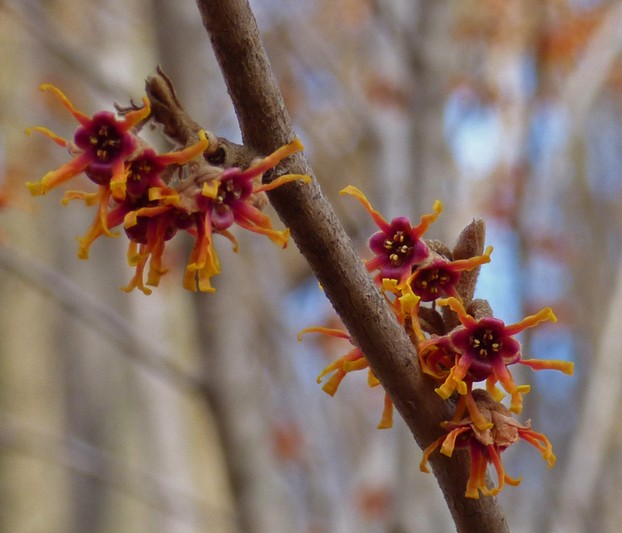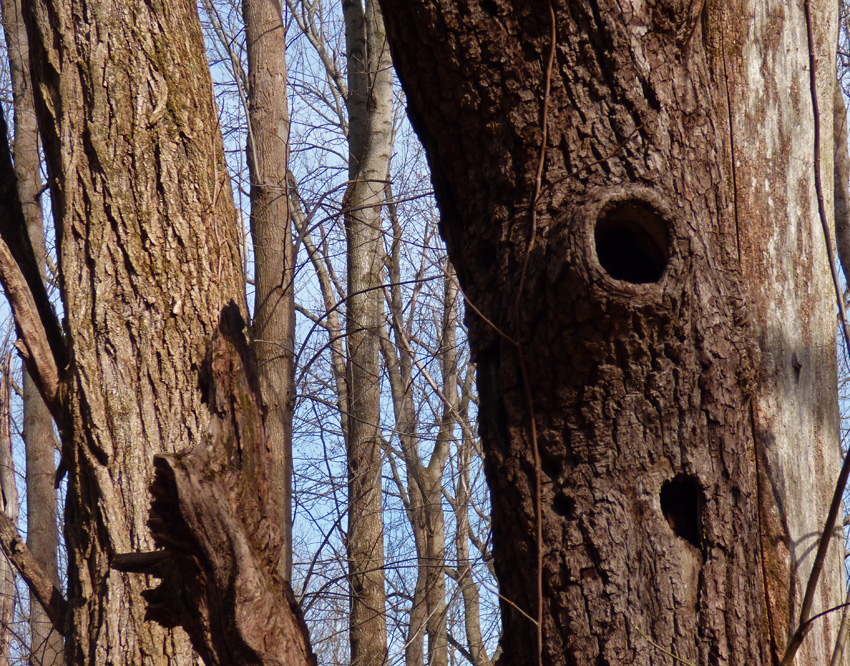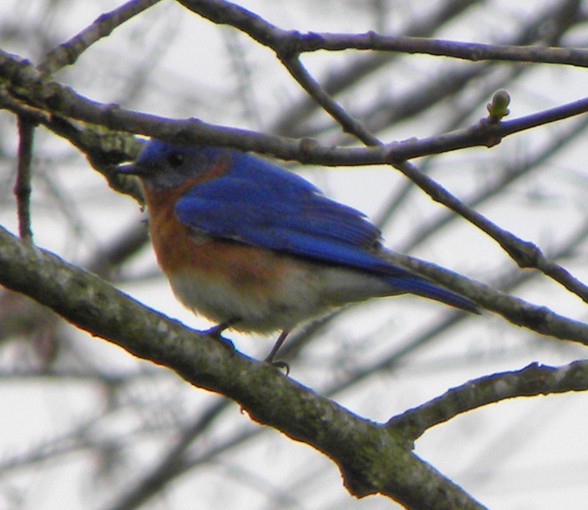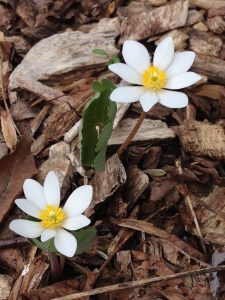 To folks with school age children, the phrase “Winter Break” may mean having the children home and not knowing what to do to keep them occupied in the cold. Bring them to the Nature Preserve! I declare a Winter Break whenever the sun comes out. The temperature has been in the 50’s this week, so the trails are melting and a little muddy. Be sure to bring a dry pair of shoes to put on, but hiking on a sunny January afternoon changes your hole outlook on Winter.
To folks with school age children, the phrase “Winter Break” may mean having the children home and not knowing what to do to keep them occupied in the cold. Bring them to the Nature Preserve! I declare a Winter Break whenever the sun comes out. The temperature has been in the 50’s this week, so the trails are melting and a little muddy. Be sure to bring a dry pair of shoes to put on, but hiking on a sunny January afternoon changes your hole outlook on Winter.  A walk through the Woodland Garden shows that plants don’t stop growing just because it’s January. The top photo in this post is the aptly named Evergreen Wood Fern. The one immediately above is the Christmas Fern, easily recognized by the the little “toe” of the Christmas stocking which it resembles. Anything green means that photosynthesis is going on, and you will find plenty of green plants in the Garden if you just look around.
A walk through the Woodland Garden shows that plants don’t stop growing just because it’s January. The top photo in this post is the aptly named Evergreen Wood Fern. The one immediately above is the Christmas Fern, easily recognized by the the little “toe” of the Christmas stocking which it resembles. Anything green means that photosynthesis is going on, and you will find plenty of green plants in the Garden if you just look around.
But flowers don’t bloom in January, do they? Yes indeed, some brave little shrubs known as witchhazel do indeed bloom in January! American witchhazel posses some interesting lore and uses. The most interesting use as been the use of forked limbs as dowsing or divining rods. Early European settles observed Native Americans using American witchhazel to find underground sources of water. This activity is probably where the common name witchhazel came from. “Wicke” is the Middle English for “lively’ and “wych” is from the Anglo-Saxon word for “bend.” American witchhazel was probably called a Wicke Hazel by early white settlers because the dowsing end of the forked branch would bend when underground water when detected by the dowser. This practice had a widespread use by American settlers and then exported back to Europe. Dowsing became an established feature of well-digging into the 20th century.

The don’t all have the same blooming season or color. The common witch hazel (H. virginiana) peaks between mid October and mid November. A few of the spring-flowering witch hazels can start blooming by the end of December or early January depending upon weather but peak occurs between mid January and mid March. Early March is a good time to see many in bloom. Blooming of most cultivars has finished by mid- to late April.  Large cavities in a tree trunk look like good homes for owls. If they are there, they are sleeping quietly during the day, but will emerge with silent flight when darkness comes. Mike Huff, our grounds manager, says he hears several kinds of owls just before sunrise.
Large cavities in a tree trunk look like good homes for owls. If they are there, they are sleeping quietly during the day, but will emerge with silent flight when darkness comes. Mike Huff, our grounds manager, says he hears several kinds of owls just before sunrise.

If you look closely, you will see birds you expect to see in the summer. Many birds stay at the Nature Preserve all winter such as Bluebirds, Mockingbirds, Chickadees and all the woodpeckers. Winter migrants such as White-throated Sparrows come for a while then return north to breed. No matter what the weather, you can always find something interesting to watch!

